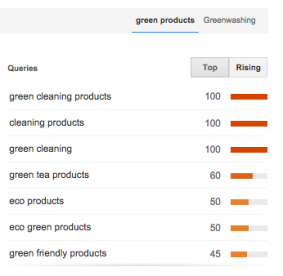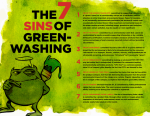The Consequences
As the holiday season gets closer, it is very important to think about the goods we buy for friends and family. The domestic electronic industry has seen continual growth since the revolution of the lightweight battery. Portable electronics became more efficient and the necessity was born, creating the emerging crisis of unmanaged Electronic waste (E waste) exportation.
Bestbuy advertisement
With such attention put into marketing for holiday deals and special savings consumers have become very intertwined with process of the goods we consume. Product discounts, free shipping, and time sensitive deals get shoppers hooked into the consumer culture of purchasing new goods, creating a host of unseen externalized problems.
Obsolete devices are thrown into the trash, and are transported to other nations due to the United States environmental legislation, and lack thereof in developing nations.
The Basel Convention assembled on the Control of Transboundary Movements of Hazardous Wastes and their Disposal establishing legislation,
“to protect, by strict control, human health and the environment against the adverse effects which may result from the generation and management of hazardous waste and other wastes” (http://www.basel.int/).
yet was not ratified by the United States, and is loosely applied in other nations that are starved for electrical components. Importers forego health standards and environmental protection due to lucrative streams of waste, that is regarded by them as treasure -and their only source of work.
The United States protects its citizens from health consequences that occur during disassembly and reclamation of E waste by exporting it and paying other nations like China, India, and, several African and Asian nations.
 A childworker seperates wires in Guiya, China
A childworker seperates wires in Guiya, China
Located in the Guangdong providence, Guiya is home to much of the worlds Electronic waste and has woefully become referred to as “the electronic graveyard”. Guiya is estimated to have approximately “150,000 workers who process more than one hundred truckloads of waste” every day suffer from improper E Waste disposal techniques and environmental degradation.
Physical separation of low abundance metals from non metals requires a great deal of input energy, and may not fully reclaim materials or do so in an efficient way. Shredding is a typical method of physical separation and does not follow any standard or guidelines so reclaim efficiency can vary.
Incineration of printed circuit boards occurs over coal fires, often inside small, poorly ventilated concrete buildings in order to reclaim lead, gold, copper and other electrical components.

Acid baths, pictured above, are another popular and effective, but dangerous process to strip apart electrical components. Emissions from baths can be seen as yellow-orange smoke plumes that rise into the already hazy air.
According to local Shantou University, the “electronic graveyard” possesses the highest rates for dioxins in the world. Dioxins and Furans are said by the EPA to possess carcinogenic properties and increase risk for cancers at background levels of exposure.
Alarming rates of miscarriages have been recorded in the area; another side effect of working day long in poor conditions with minimal safety standards.
Health consequences become complicated when heavy metals like lead and palladium and chemical runoff create bioaccumulation loops that cause birth defects, infant death, and longer generational repercussions. Farmers have avoided the area because it is common knowledge that the water and land are both highly toxic.
Pictures courtesy of: http://blogs.nelson.wisc.edu/es112-303-5/waste/waste-multi-media/ and Bestbuy.com








